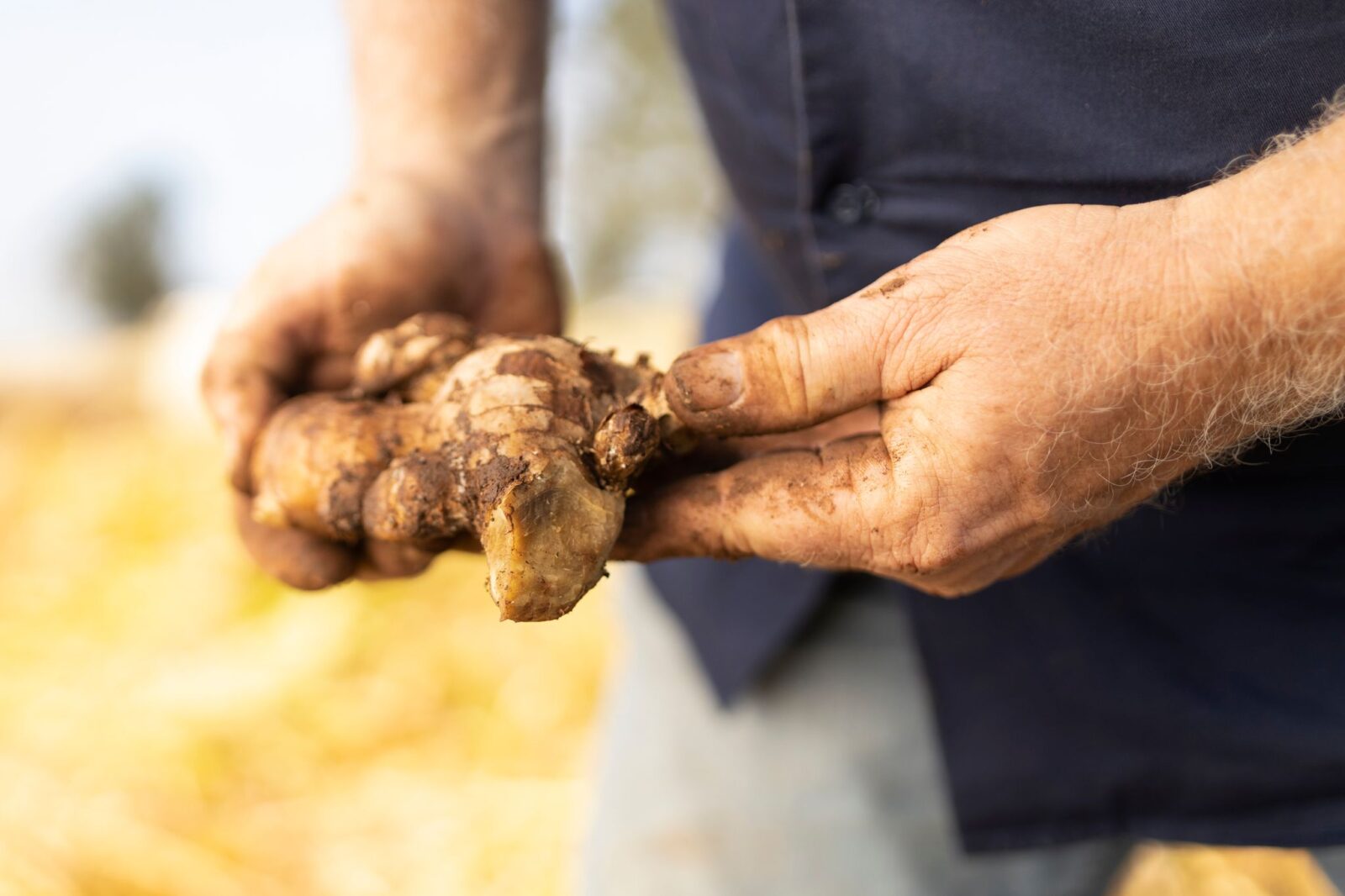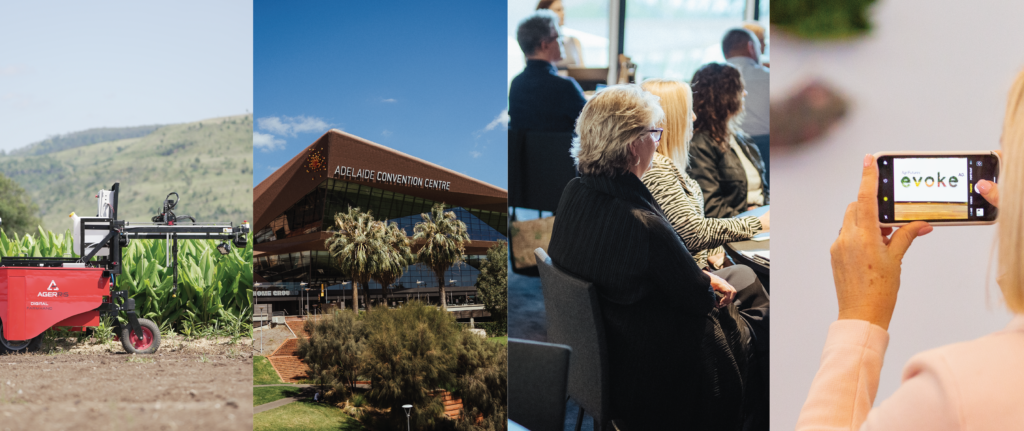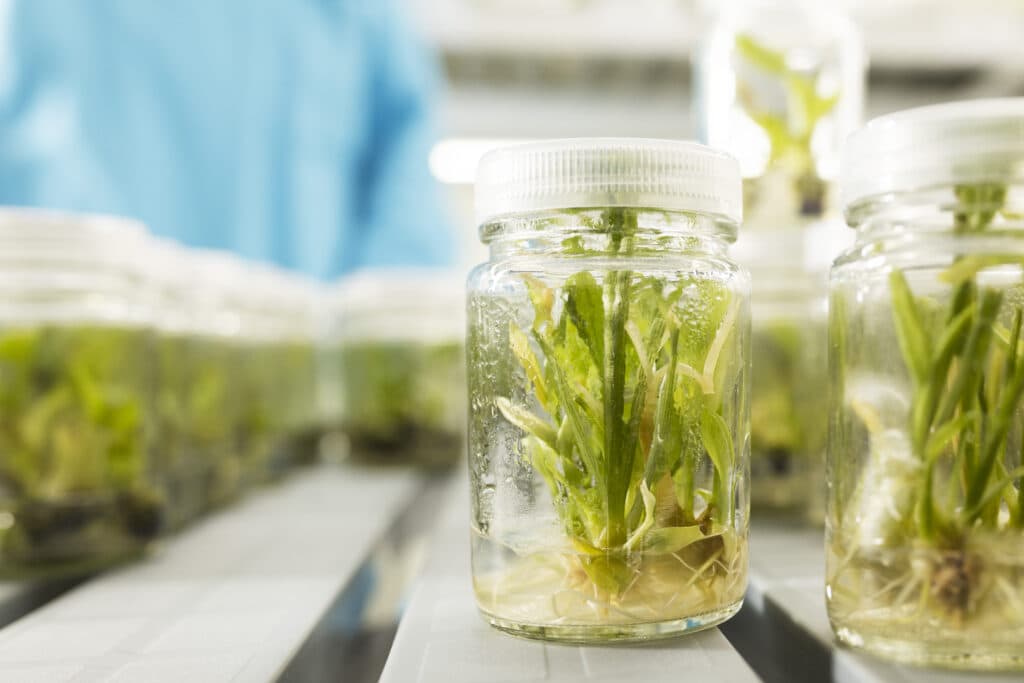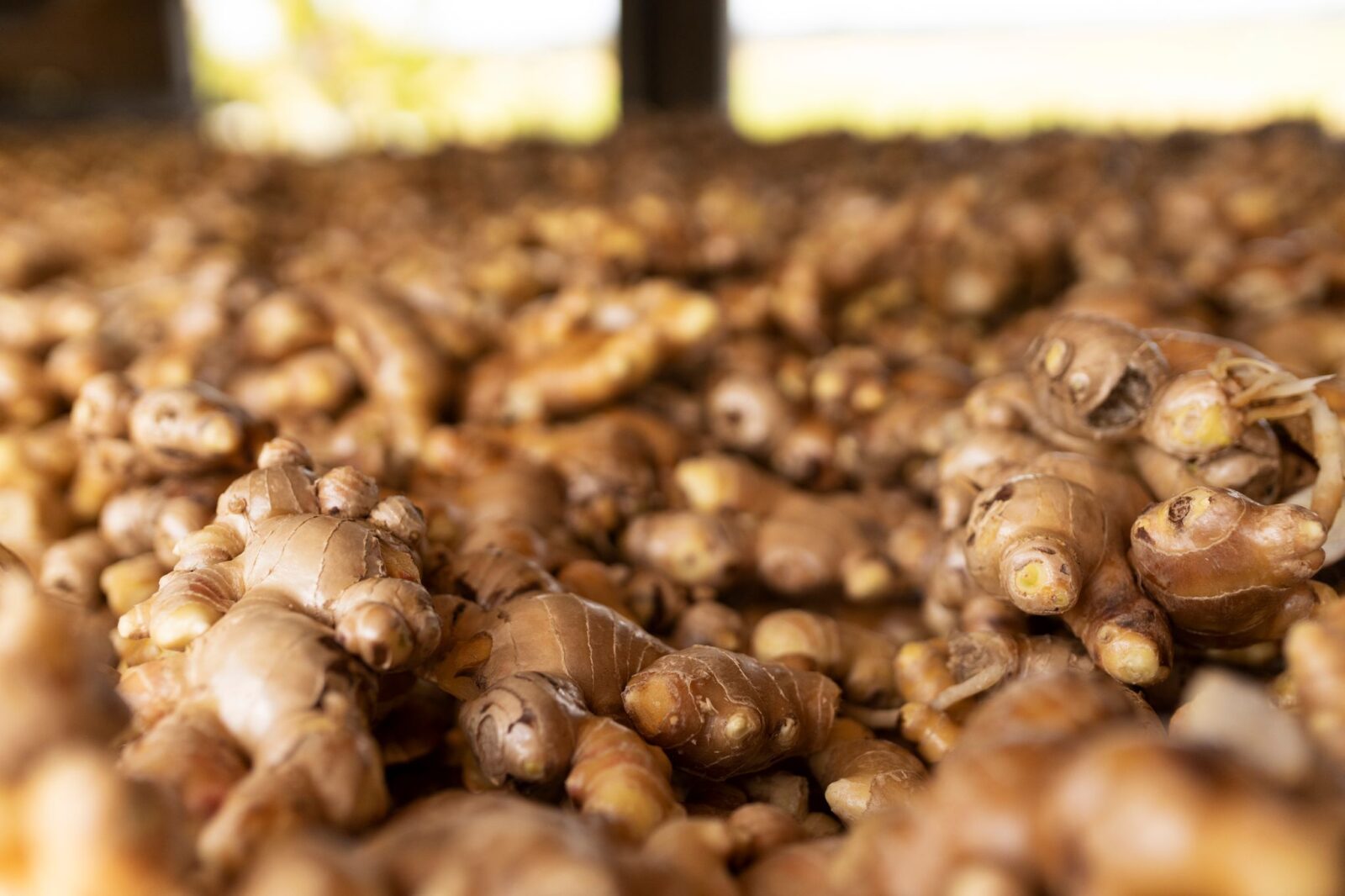 GINGER / 14.04.23
GINGER / 14.04.23
First of its kind agriculture innovation tour connects producers across the country
Agritech has taken enormous steps in recent times – but on-farm uptake hasn’t advanced at the same pace. Determined to match strides, AgriFutures Australia hosted the inaugural Innovation Intensive Tour in February 2023.
5 min read






